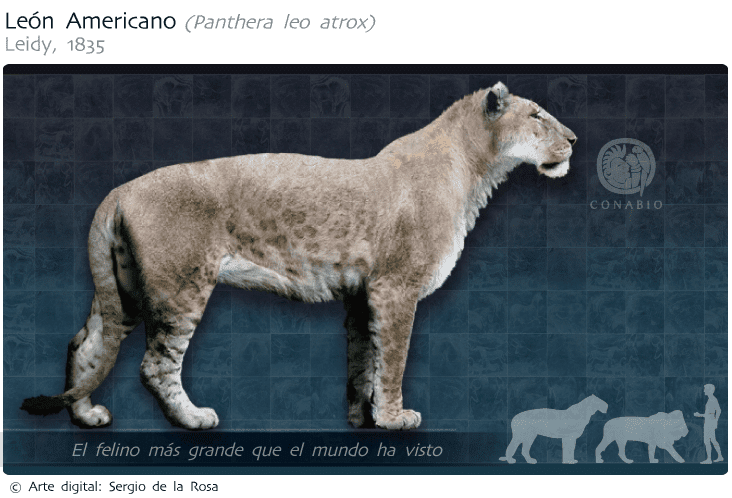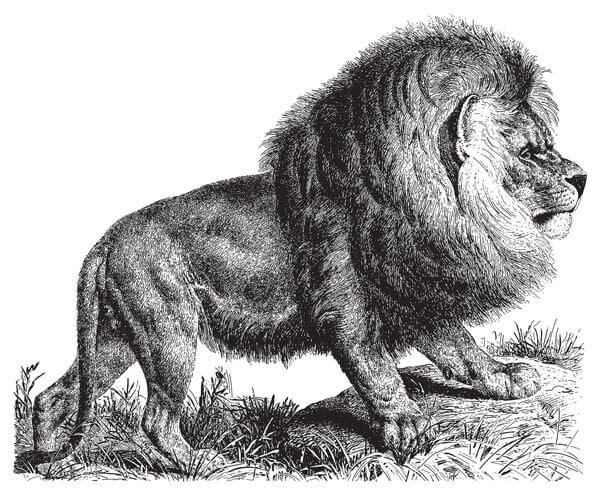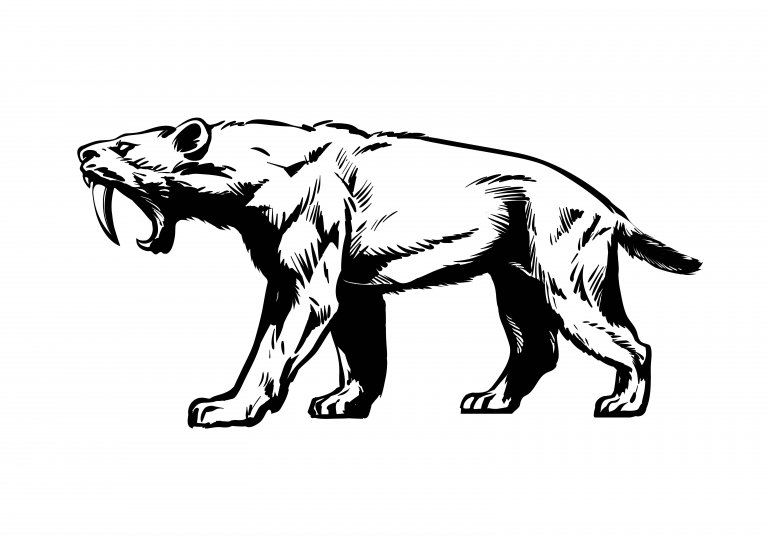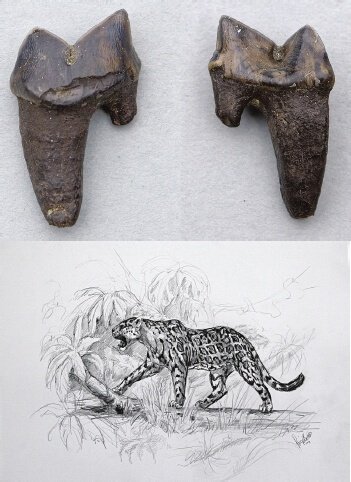5 Extinct Wild Cats

The Felidae family has been living on this planet for millions of years and has spread across different continents. However, due to several reasons, all that’s left of some species of these carnivores are a few fossil remains. Today, you can learn about five extinct wild cats.
Learn about some of these extinct wild cats
The Pantherinae, Felinae, and the now extinct Machairodontinae (saber-toothed Tigers) evolved on all continents, with the exception of Oceania and Antarctica. Many species of these Felidae perished due to changes in the ecosystem or for the arrival of man in their habitats.
In any case, this isn’t just about ancient history. Different species, including felines, go extinct every day, and humans are still the main reason why it’s happening.
Panthera Blythae
This carnivorous mammal — in the picture above — was similar to today’s snow leopard and is the oldest known member of the subfamily Pantherinae. Fossils found in the Himalayas date back to about 6 million years.
The discovery of their remains in a remote region of Tibet reinforced the theory that panthers evolved in Central Asia, and not on mainland African. Scientists believe that this animal inhabited the Tibetan plateau alongside the ancestors of antelopes and sheep, which they hunted.
Learn some details about some extinct wild cats that lived on different continents, and whose disappearance, in some cases, had much to do with human beings.
Panthera leo atrox
Known as the American Lion or the North American Cave Lion, this feline — considered to be the greatest to have ever existed — lived during the Pleistocene Epoch and extended its kingdom throughout America. It measured more than three meters and weighed more than 250 kilograms. Scientists believe they hunted in groups, mostly for horses and mammoths.

The reason why the Panthera leo atrox went extinct was because of climate change. Their disappearance took place during the end of the last Ice Age. Also, these animals were also hunted frequently by prehistoric man.
Panthera leo melanochaita
The Cape Lion was the largest feline to inhabit the southern part of Africa until the end of 1860. The larger ones exceeded three meters in length. These lions stood out for having a dark-colored mane that reached their shoulders and abdomen. They also had a characteristic black spot behind each ear.

Since this feline didn’t hunt in packs or have a favorite prey, they became a threat to cattle and people when English and Dutch settlers arrived during the 17th century. That fact caused them to go extinct, along with hunting them for sport, and the growing scarcity of food.
Smilodon
The so-called “saber-toothed tigers” was really three extinct species. These animals lived throughout American between the Pliocene and Pleistocene Epochs. They were notable for their large canine teeth, which protruded from their jaws.

The largest Smilodon probably weighed about 300 kilograms. Also, once again, the cause of their extinction seems to be linked to climatic changes, but also, above all, due to the appearance of the human species.
Panthera (onca) gombaszoegensis
The European Jaguar inhabited this world about 1.5 million years ago, during the Late Pliocene and Lower Pleistocene epochs. It’s the oldest known species in the genus Panthera to have lived in the so-called “Old World”. However, scientists believe this species originated from Africa.

Larger than the South American Jaguars, scientists assume that their disappearance took place sometime after the lion and leopard arrived to Europe, thus adding to the list of extinct wild cats.
This text is provided for informational purposes only and does not replace consultation with a professional. If in doubt, consult your specialist.